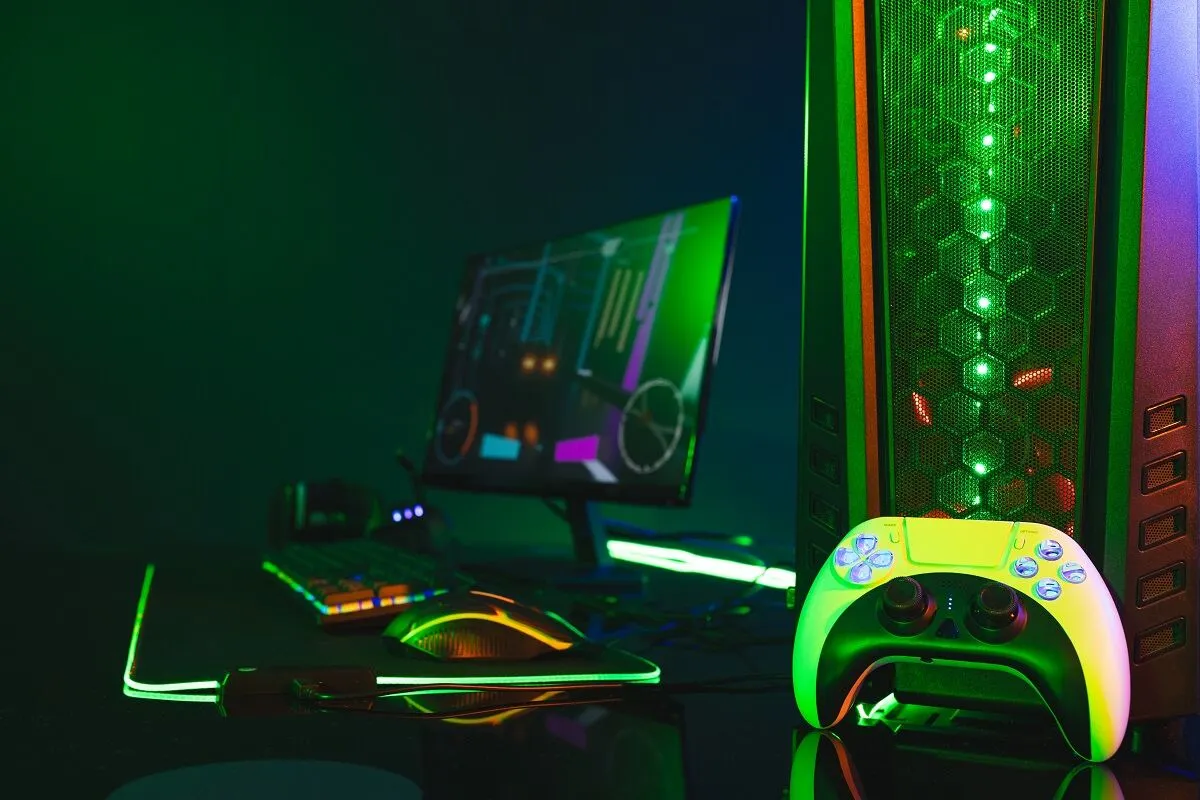While building a computer from scratch can seem daunting, obtaining your first PC can be straightforward with the right guidance. I vividly recall my first experience purchasing a computer. It was a long time ago when I was quite young and didn’t even know about the parts of a computer. Initially, feeling overwhelmed and unsure about what you need when embarking on such a task is common.
It’s easy enough to buy an iMac or go online to purchase a Raspberry Pi Model B, a single-board computer that allows you to hack, program, and perform almost everything a full-size computer does. However, there is a peculiar sense of achievement in assembling your own dream machine. In some cases, operating a Raspberry Pi unit could pose more challenges than assembling a PC.
Components You Will Need to Build a Computer
There are numerous outlets where you can purchase components for your computer. High street stores often come with higher price tags, so consider browsing online for better deals.
The first component you’ll need is a case, which serves as the shell for your computer’s components, concealing all the internal workings. This is your opportunity to select the aesthetic style of your computer, whether it’s a simple office-like box or something reminiscent of Star Trek. Ensure to choose a reasonably sized case that can accommodate all your components. If the case doesn’t include a preinstalled power supply, you’ll need to purchase one separately.
The motherboard serves as a hub that connects with every component of your computer. Matching it with the name of your processor (AMD or Intel) is crucial to avoid compatibility issues. The processor determines your computer’s speed and performance. Consider opting for a faster processor for a smoother user experience, depending on your intended usage. Don’t forget to include a CPU cooler if your chosen processor doesn’t have one built-in. Additionally, the motherboard requires memory, often referred to as RAM. Aim for at least 8GB of RAM for optimal performance.
The hard disk drive (HDD), which holds all of your documents and programs, is another crucial part. Though a 250GB HDD is sufficient, I suggest going with roughly 500GB for more storage space. In addition, you will require a dedicated graphics card if you plan on playing a game. Integrated graphics are available on some motherboards and are appropriate for simple tasks like web browsing.
And lastly, now that you have build a computer for yourself, do not undervalue the importance of an operating system. Since Windows 7 is a good choice, I advise staying away from Windows 8. When you add a keyboard, mouse, wifi card, and monitor to your system, you ensure that you have everything you need to do various tasks like fun things or viewing YouTube.

